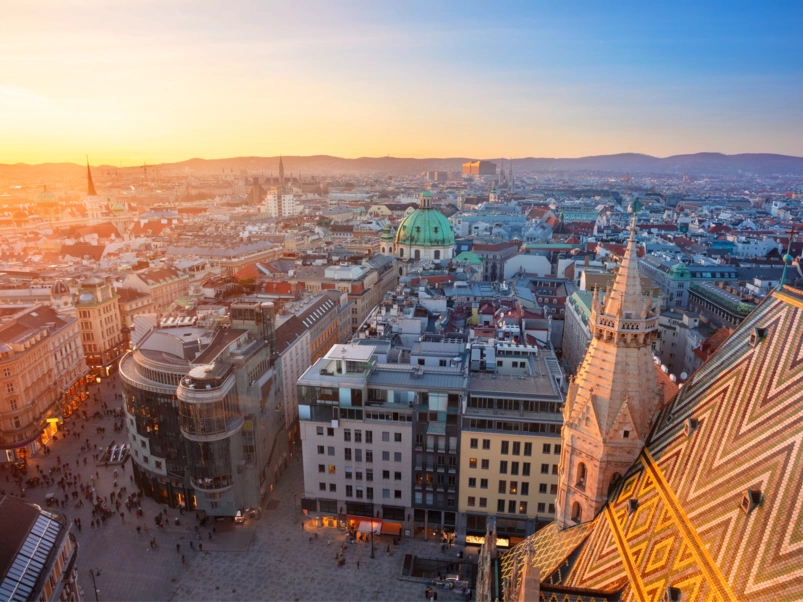
Triumvirat
When three people come together to form an alliance to collectively represent their interests, it's called a "triumvirate." This term has its origins in Roman history and is derived from the Latin words "tres viri," which mean three men. Both the "First Triumvirate," consisting of Caesar, Pompeius, and Crassus, and the "Second Triumvirate," formed shortly after Caesar's assassination, involving Octavian, Marcus Antonius, and Lepidus, have left their marks on history.
For this sculpture, Daniel Bucur created three columns from ash wood. Each one is stained in a different color: red, green, and orange, and their varying sizes catch the eye. This symbolizes that not everyone within a triumvirate is equally powerful.
The parts are very close together and slightly inclined toward each other, but this doesn't necessarily mean they are close to each other in every sense. The white marks, which Daniel Bucur carved into the ash wood using a chisel, add an element of fragility to the sculpture. As history teaches us, such alliances don't always end well. The most famous example is the forced suicide of Marcus Antonius, along with his lover Cleopatra, orchestrated by Octavian.

_277_1_4467873cdf6df1402ad0ae8d2ce3f627.jpg)

_281_1_f76173d78534de46bfeb8b9bb1d6f369.jpg)